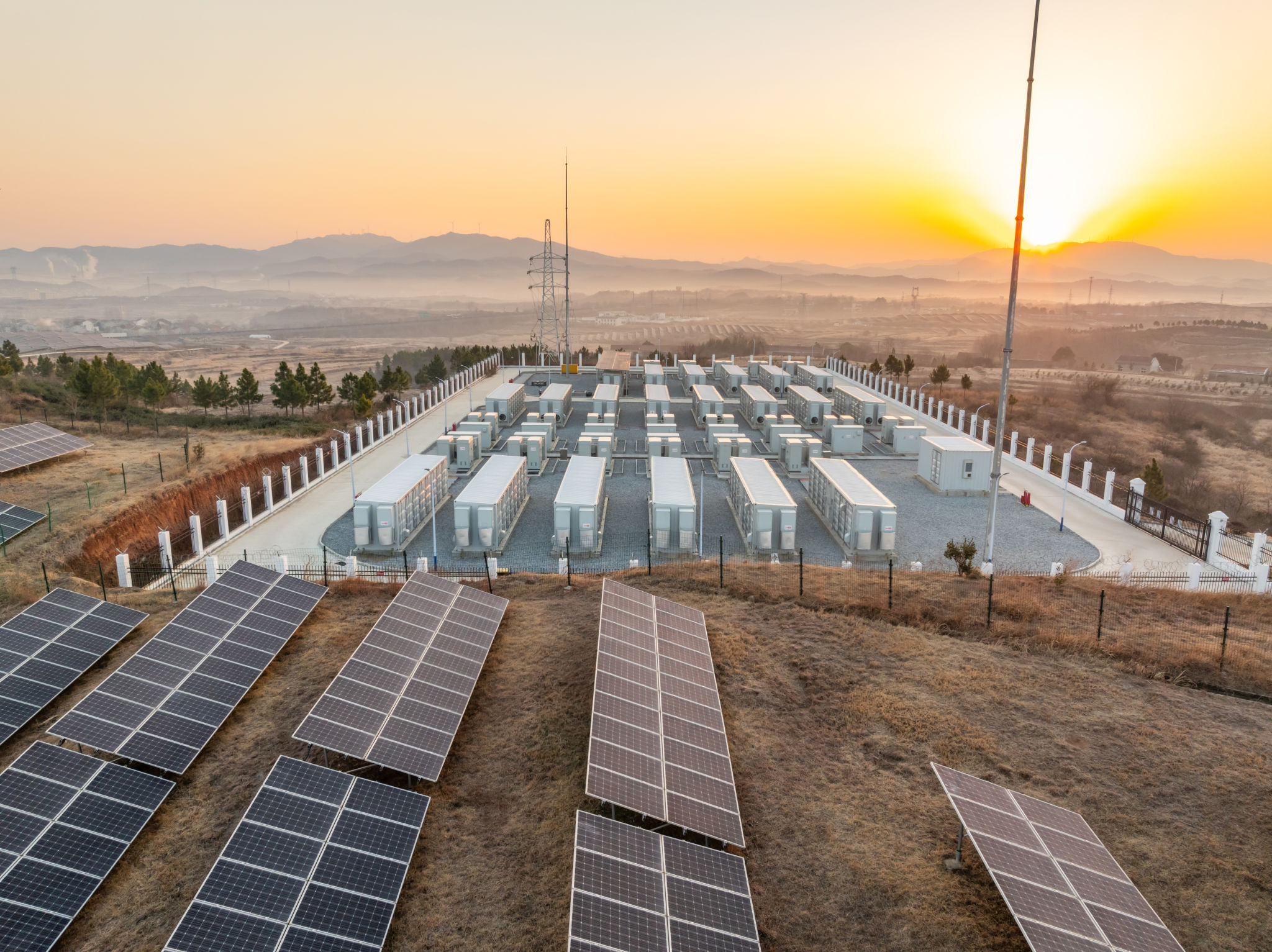Expert Tips for Maximizing Solar Efficiency in Gwalior's Climate
Understanding Gwalior's Climate for Solar Efficiency
Gwalior, a city located in the northern part of India, experiences a subtropical climate characterized by hot summers and cool winters. With an average of over 300 sunny days per year, it offers excellent potential for solar energy production. However, maximizing solar efficiency in such a climate requires understanding and adapting to its unique weather patterns.
One of the key factors influencing solar efficiency is the intensity of sunlight, which tends to be highest during the dry, summer months. This means that solar panels in Gwalior can generate significant amounts of energy during this period. However, challenges such as dust accumulation and high temperatures can impact performance if not properly managed.

Positioning and Angle Optimization
Proper positioning and angling of solar panels are crucial for maximizing energy absorption. In Gwalior, it is generally recommended to position panels facing south to capture the most sunlight throughout the day. The optimal tilt angle varies throughout the year, but a fixed angle of approximately 25 to 30 degrees can be effective for year-round efficiency.
Adjustable mounts can also be considered to optimize performance. These mounts allow the angle of the panels to be adjusted seasonally, which can significantly increase energy output during different times of the year. This adaptability is particularly beneficial in areas with distinct seasonal changes like Gwalior.
Regular Maintenance and Cleaning
Maintaining clean solar panels is essential for ensuring optimal performance. In Gwalior, dust accumulation can be a major issue due to the dry climate. Regular cleaning, at least once a month, can help prevent dust and debris from obstructing sunlight and reducing efficiency. Using a soft brush or a hose with deionized water is often recommended for cleaning.

In addition to cleaning, regular maintenance checks are vital for identifying potential issues early on. Inspect the panels for any signs of damage, such as cracks or discoloration, and ensure that all connections are secure. A well-maintained system is more likely to perform efficiently and have a longer lifespan.
Incorporating Energy Storage Solutions
Energy storage solutions, such as batteries, can play a significant role in maximizing solar efficiency in Gwalior. By storing excess energy generated during sunny days, these systems ensure a consistent power supply even during cloudy periods or at night. This not only enhances efficiency but also reduces reliance on the grid.
When selecting a battery storage solution, consider factors such as capacity, efficiency, and lifespan. Lithium-ion batteries are often favored for their high energy density and long life. Proper integration with your solar setup can provide a seamless transition between solar and stored energy, optimizing overall system performance.

Utilizing Advanced Solar Technologies
Advancements in solar technology can further boost efficiency in Gwalior's climate. For example, bifacial solar panels capture sunlight on both sides, increasing energy generation by utilizing reflected light from surfaces like roofs or the ground.
Additionally, smart inverters and monitoring systems allow for real-time tracking of energy production and consumption. These technologies enable users to make informed decisions about energy use and identify opportunities for improvement.
Conclusion: Embracing Solar Potential
Maximizing solar efficiency in Gwalior involves a combination of strategic planning, regular maintenance, and embracing new technologies. By understanding the city's climate and tailoring your solar setup accordingly, you can harness abundant sunlight to meet energy needs effectively.
With the right approach, solar energy not only becomes a cost-effective solution but also contributes to sustainable living in Gwalior's vibrant environment.
